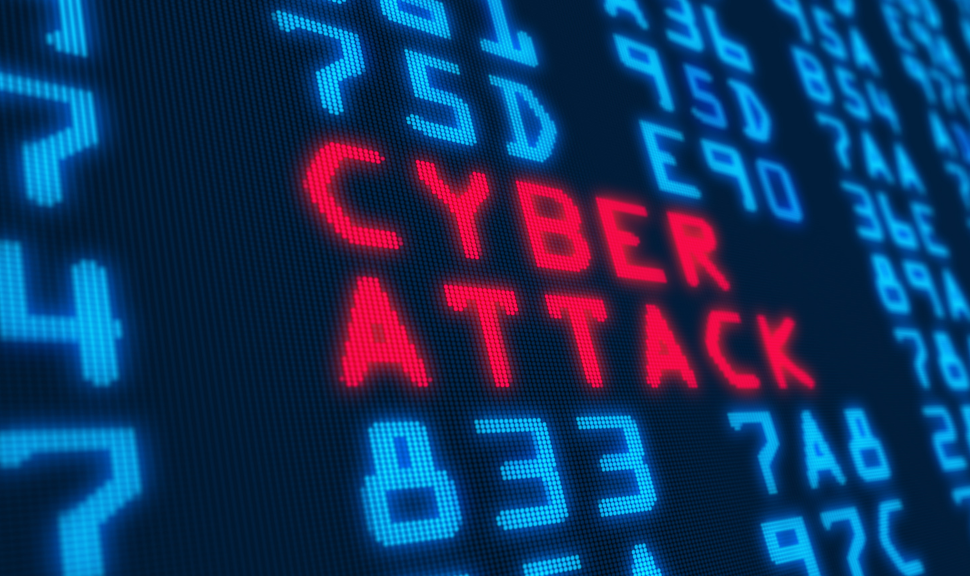
What Are the 5 Types of Cyber-Attacks

65% of small businesses had at least one cybersecurity issue last year and failed to take the necessary precautions to make sure it did not happen again, according to a study by Hiscox.
For the following types of cyber-attacks, all employees should have daily or continuous updates to their security and antivirus software. These updates flag or stop suspected spam, viruses, scams, and more before anyone mistakenly clicks on a sabotaged email or download.
Additionally, your IT provider should be enabling frequent backups and auto-saves to the Cloud so that you can retrieve recent files in the event of an attack. Employees must be well-trained in security measures and must be reminded regularly to remain vigilant.
Here are the top cyberattacks that your company needs to be aware of:
Ransomware/Malware
Malware (malicious software) is usually transmitted through emails. It’s essential to keep antivirus software, malware protection, and all applications up-to-date.
Ransomware is a formidable type of malware that corrupts your data through encryption and then extorts a ransom for a key to unlock the encryption. Your malware protection should cover ransomware, but you will most likely rely on off-device backups to recover via a different machine.
Phishing
The most common type of attack is phishing. Phishing uses legitimate-looking email to lure recipients into responding, clicking a link, or downloading a file. Typically, they have an urgent message that coxes the reader into the action, such as a message to change their password.
For example, the recipient receives an email notifying them that a password to their online banking will soon expire. The link takes them to an exact duplicate of their bank’s website. Meanwhile, the user enters their username and old password and then sets and confirms a new password. The information is captured, and the online bank account is breached.
Multi-factor authentication should be implemented. Employees need to be aware of and hyper-vigilant to suspicious emails and notified of scams or attempted phishing attacks.
Data Leaks
Mobile devices, such as smartphones and tablets, tend to have limited security features. These devices tend to be comparatively rather inexpensive and become easy targets for data thieves.
Make sure that all mobile devices have locks and PINs to open them. Turn the GPS tracking to find a device if it is stolen and enable the ability to wipe the device remotely. Keep your phones and other devices in your control at all times.
Hacking
Hacking is when a criminal element gains access to your computers and network from outside the organization. They want any sensitive data they can find, such as banking, credit cards, social security numbers, and even intellectual property. Firewalls, access security, monitoring, and employee vigilance can help protect you from hackers.
Insider Threat
Employees, contractors, and others may accidentally or intentionally gain access to sensitive data. Implement least-privilege access, so staff members only have access to the basic information necessary to do their jobs. Control access to memory storage devices, such as thumb drives, and install software that tracks application usage, particularly when copying files.
Your organization requires constant vigilance to protect against cyber-attacks. That’s why it’s most beneficial to work with a managed IT services provider in order to monitor and secure your systems both locally and remotely.
At MidnightBlue, we implement all software and processes to limit attacks before they ever occur. Contact our team to talk about cybersecurity solutions specifically designed for small to mid-sized companies.